0
Hantek 20:1 Passive Attenuator For Pico Auto Scope Ignition WF UK, 300v Max (Original OEM Version) Injector and Primary Ignition Waveforms With Oscilloscope
- Original Stock Component – The 20:1 passive attenuator has been designed to allow fuel injector and primary ignition waveforms to be measured using an oscilloscope
- Passive 20:1 attenuator – This means that a 20 V signal at its input will appear as a 1 V signal on the output. As the signal is attenuated, this allows voltages of up to 300 V to be measured
- Use With Oscilloscopes – Provides increased input protection against overloads when working with inductive signals such as injectors and primary ignition
- Hardware Protection – It provides nice waveforms and protects the pico scope oscilloscope when testing things like spark plug ramp voltages and fuel injector voltages in engines
- OEM Peace of Mind – Professional BNC fittings with gold-plated center conductors
Description
Introduction:
- The 20:1 passive attenuator has been designed to allow fuel injector and primary ignition waveforms to be measured using oscilloscope. Please note this attenuator should not be used for any high voltage measurements other than fuel injectors and primary ignition.
- This is a passive 20:1 attenuator. This means that a 20 V signal at its input will appear as a 1 V signal on the output. As the signal is attenuated, this allows voltages of up to 300 V to be measured.
Specification:
- Hantek 20:1 Passive Attenuator For Pico Auto Scope
- Attenuation: 20:1
- Input Impedance: 1.053 M?
- Input capacitance: 11 pF
- Bandwidth: 10 MHz (-3 dB)
- Max input: 300 V
PackageContent:
- 1x 20:1 Passive Attenuator For Pico Auto Scope Ignition WF UK, 300v Max (Original OEM Version) Injector and Primary Ignition Waveforms With Oscilloscope
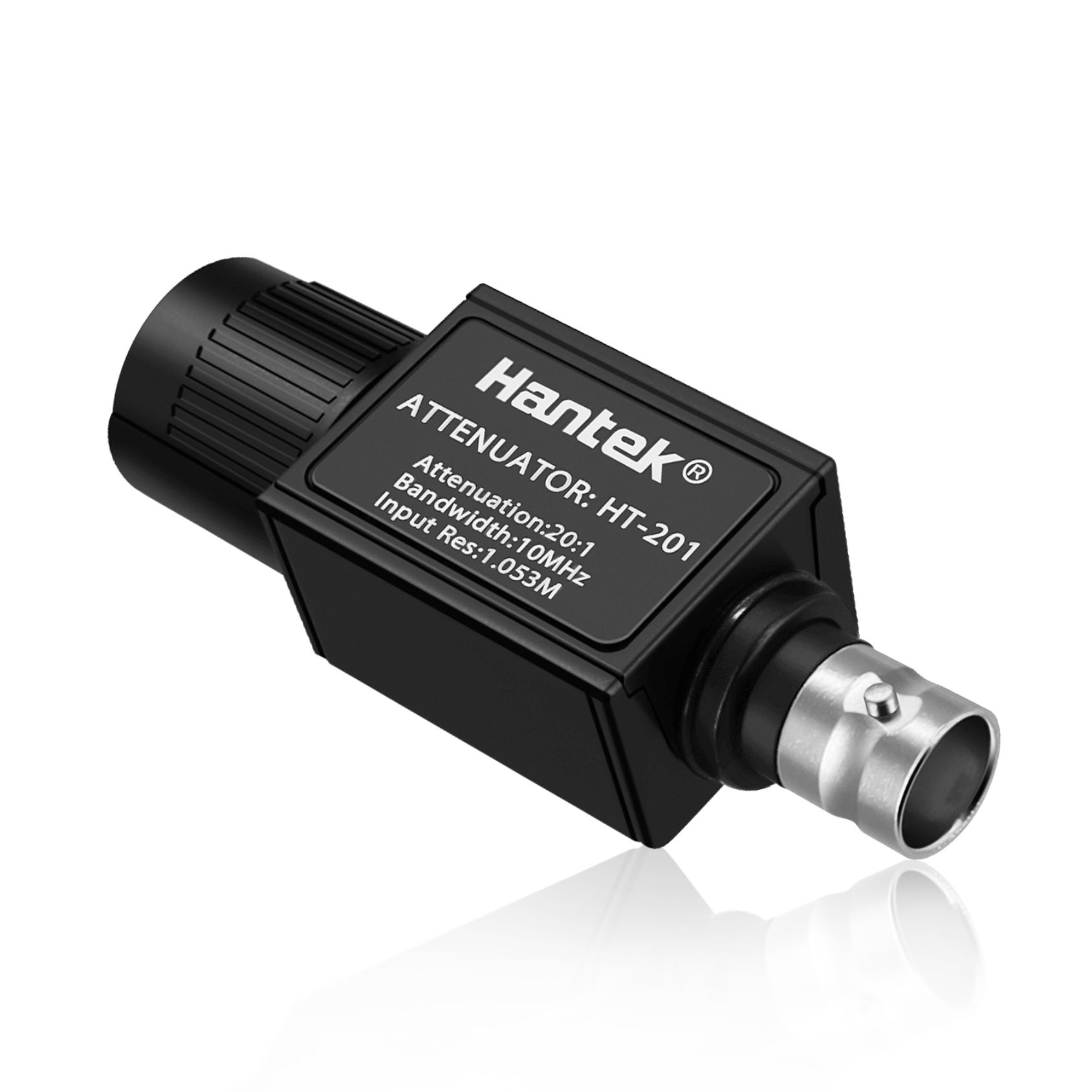
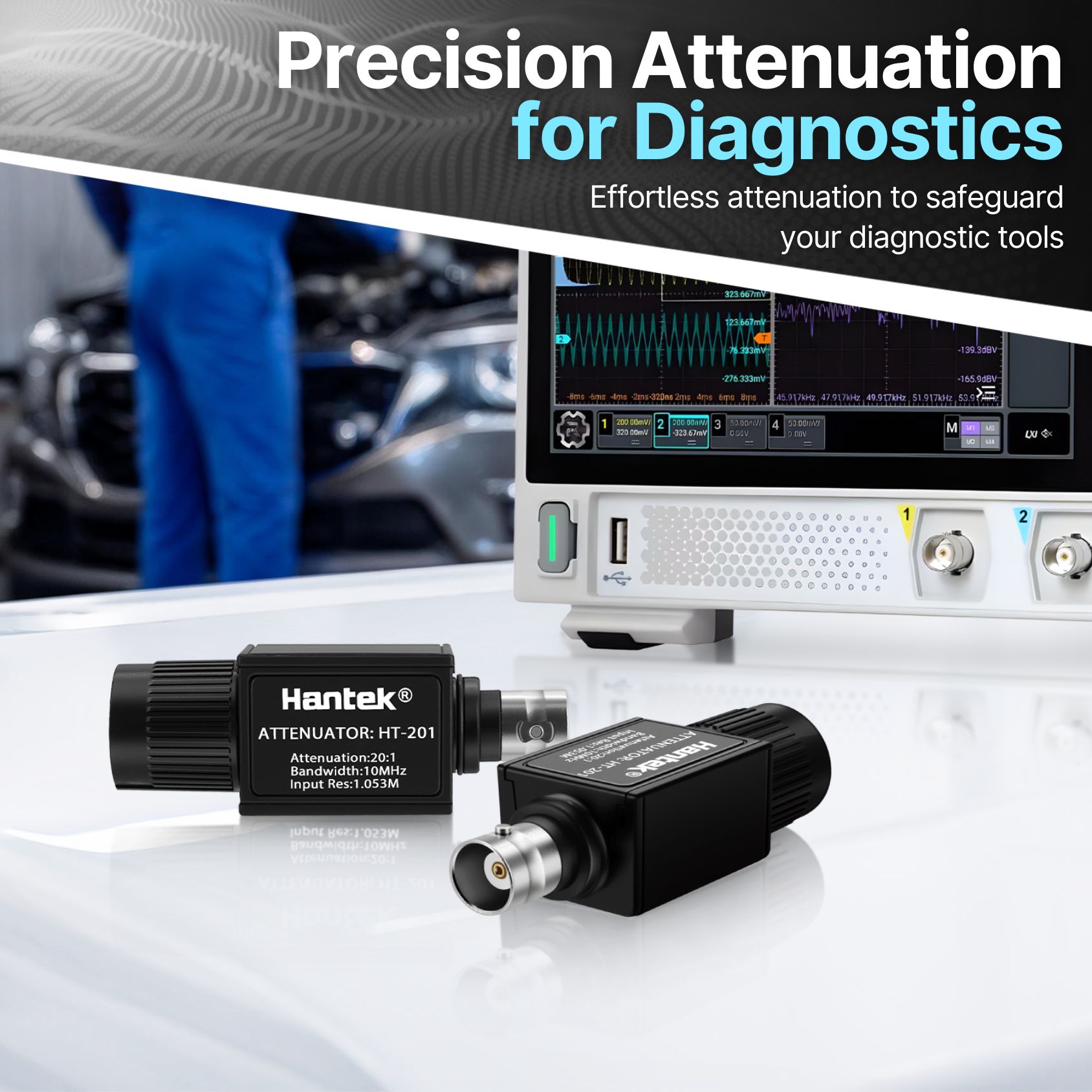

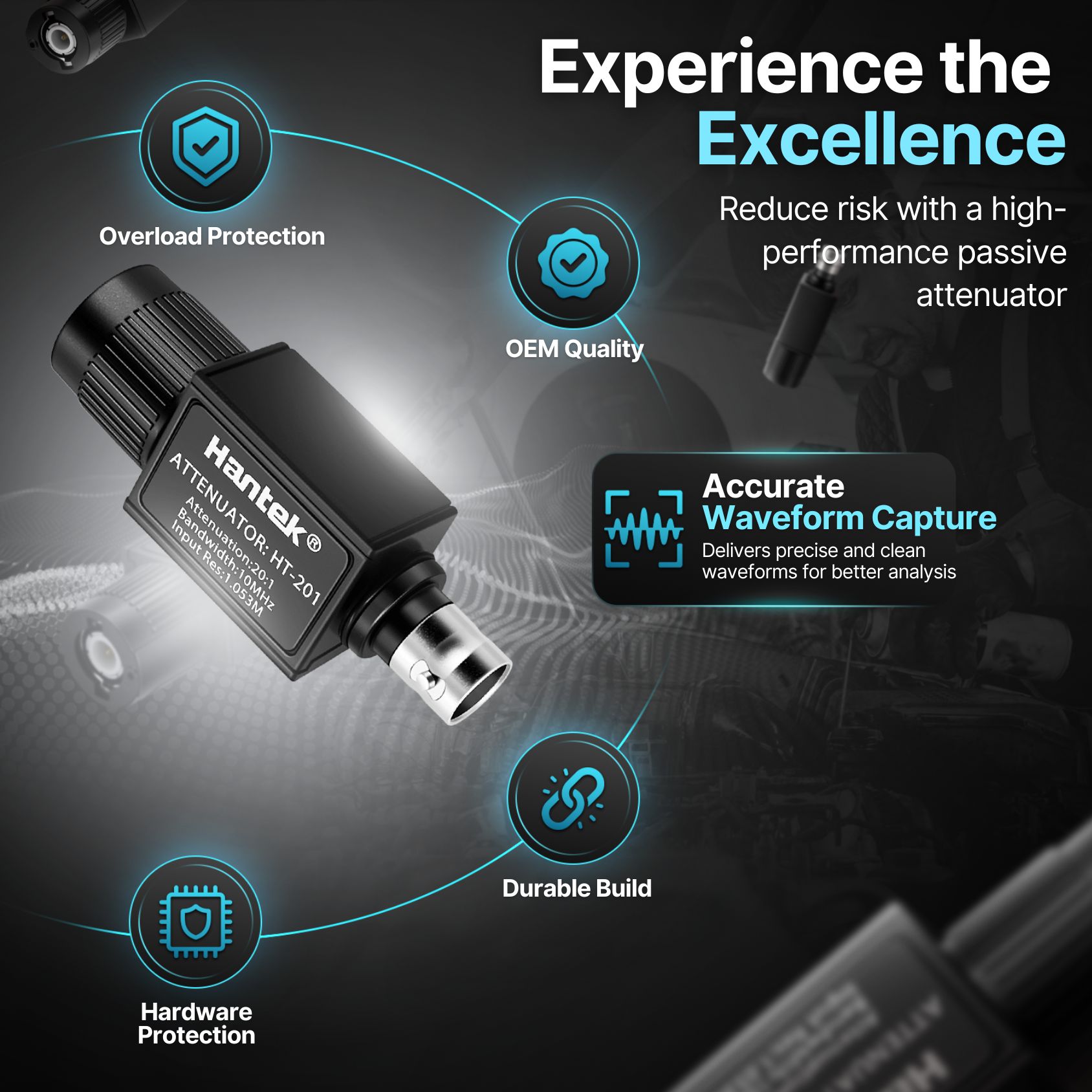
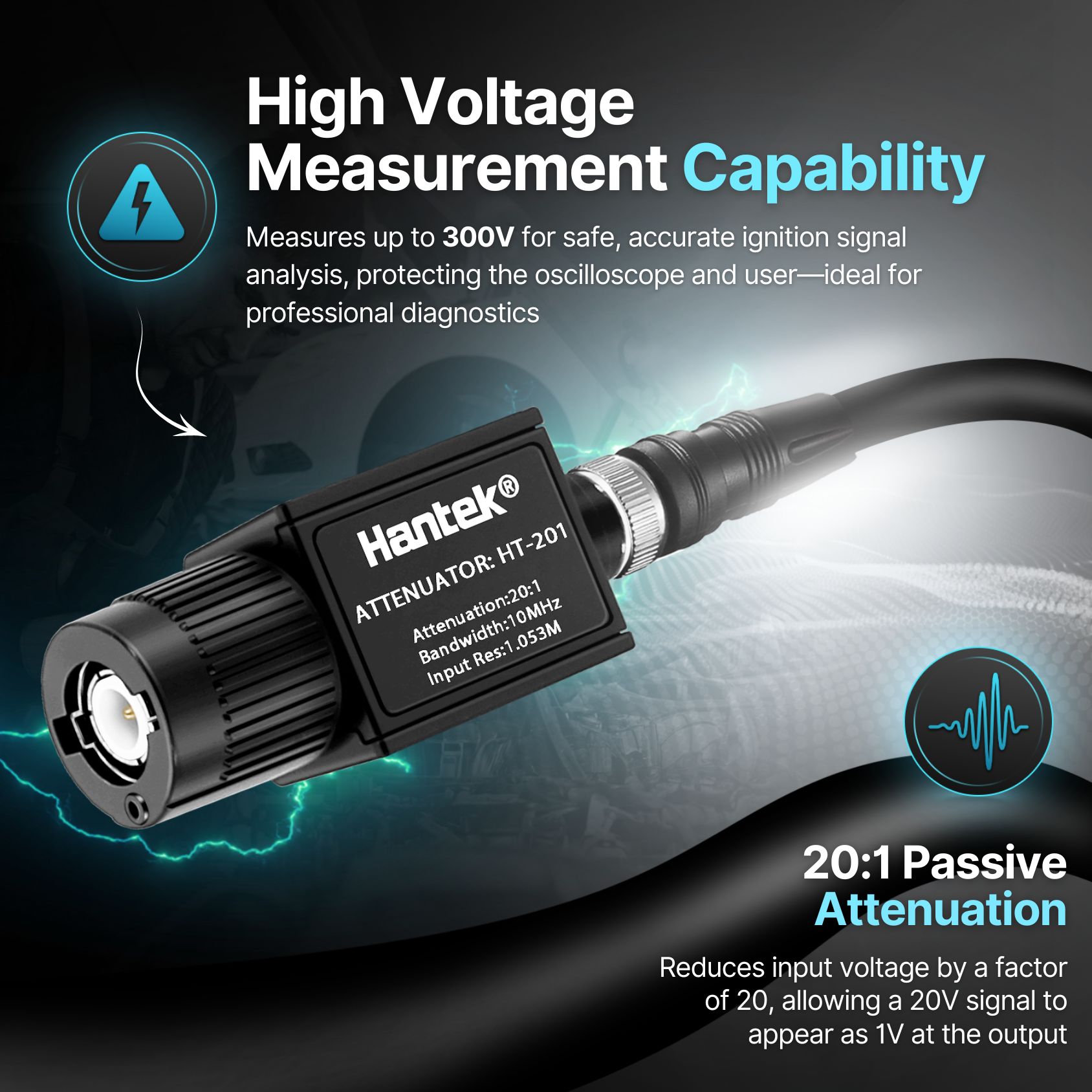
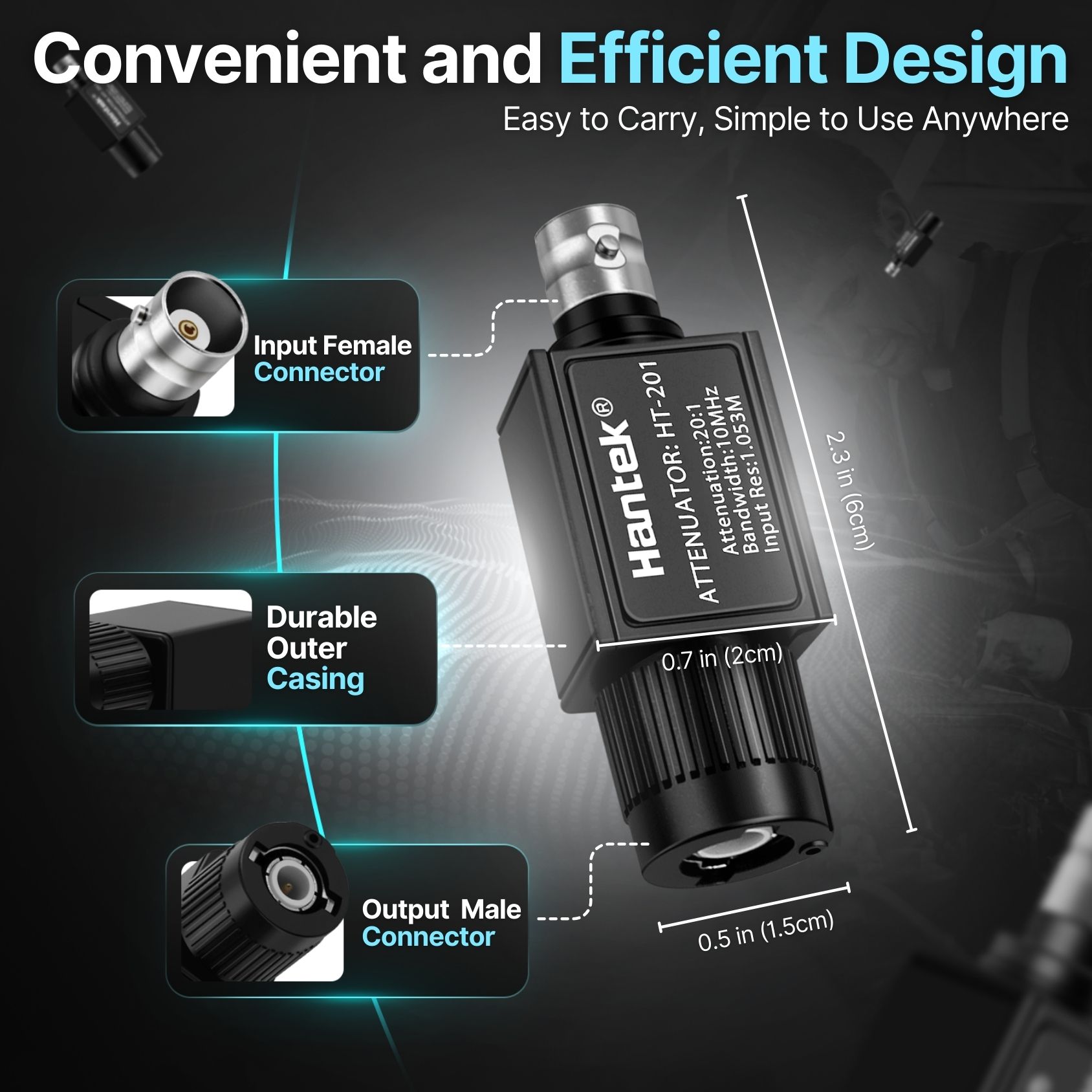
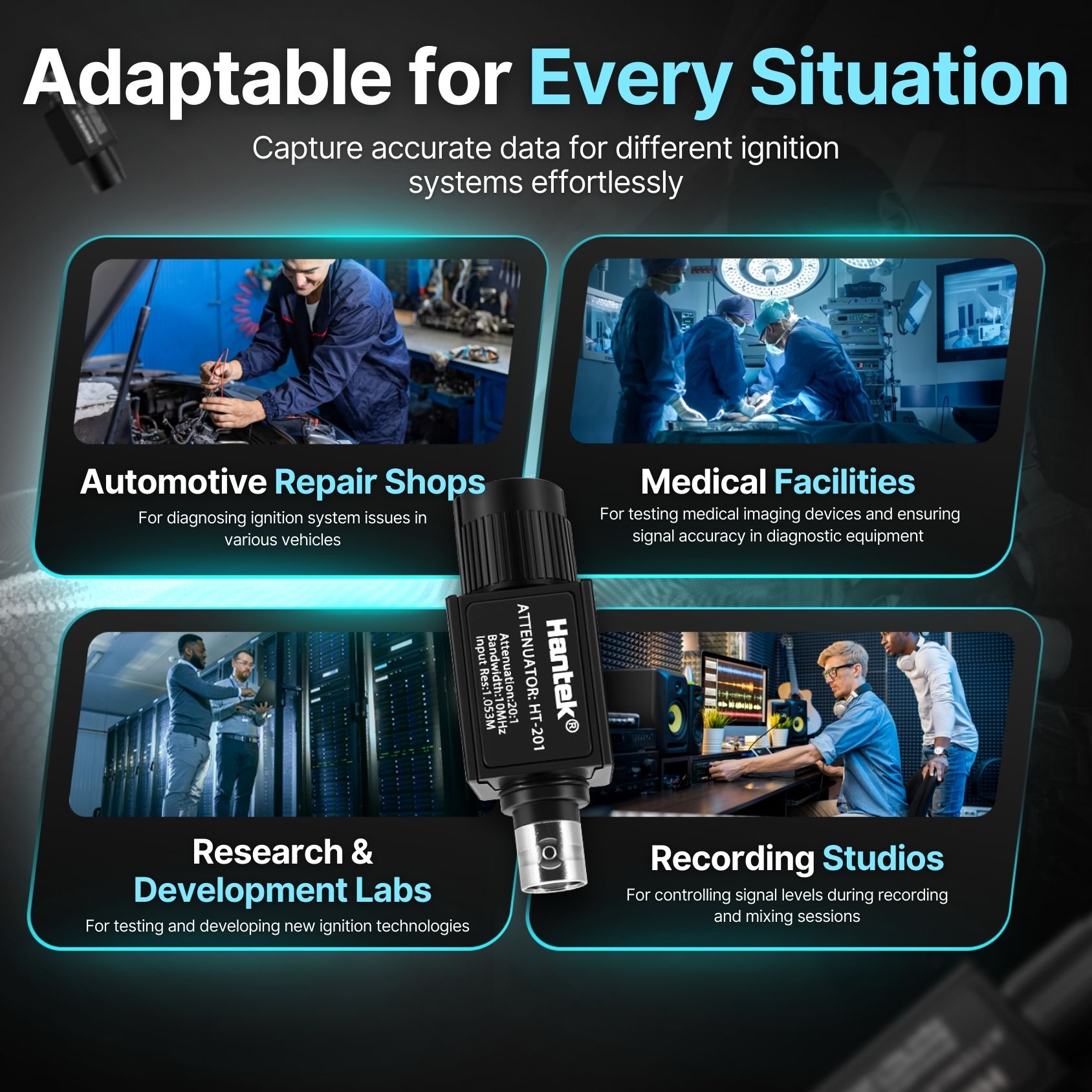
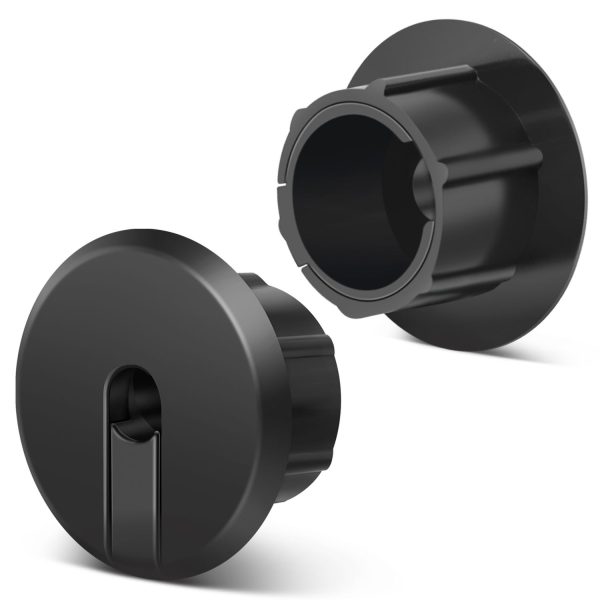



Reviews
There are no reviews yet.